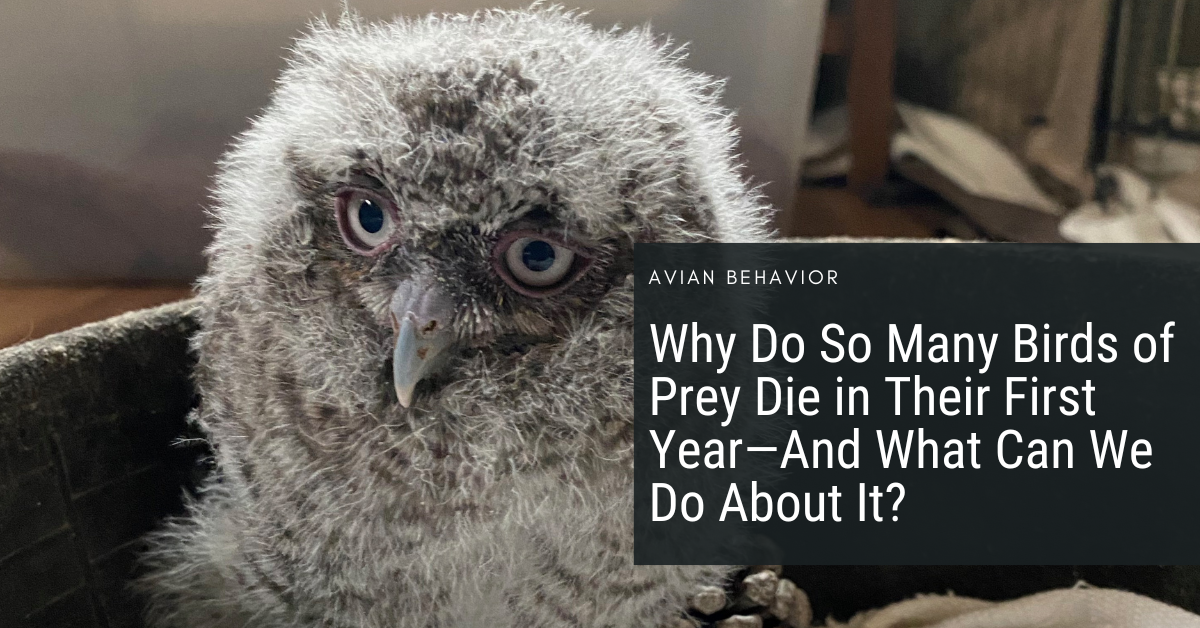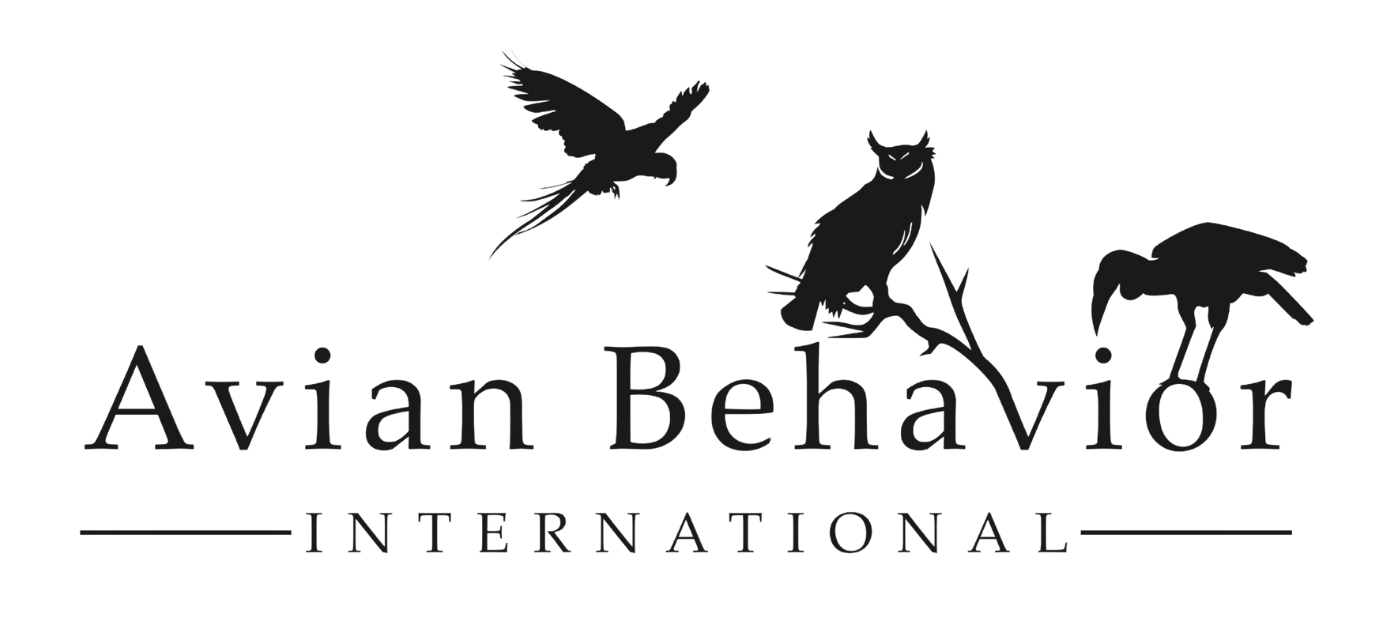
07 Jul Why Do So Many Birds of Prey Die in Their First Year—And What Can We Do About It?
It’s a stark truth in the world of raptors: around 70% of birds of prey don’t survive their first year. These aren’t just dry statistics—each number represents a young hawk, falcon, or owl that never makes it to adulthood. The reasons behind this mortality rate are as complex as they are heartbreaking: habitat loss, rodenticide poisoning, collisions, starvation, and disorientation from light pollution all play a role.
So while this issue is rooted in global conservation challenges, you don’t have to be a scientist or a policymaker to make a difference. Conservation is a deeply collaborative effort. From field biologists to wildlife rehabilitators, from national parks to small-town conservation educators, from zoos to everyday citizens—it truly takes a village to help birds of prey thrive.
Birds Are the Bridge from the Soil to the Sky
Raptors sit at the top of the food web. Their survival reflects the health of the entire ecosystem beneath them. When raptors are struggling, it’s a sign that the foundation—the insects, the soil, the plants, and the prey animals—is out of balance.
Birds are the bridge from the soil to the sky, connecting what happens at ground level to the vast systems of air, migration, and seasonal cycles. By protecting birds of prey, we’re also protecting water quality, plant diversity, and even our own food systems.
Why So Many Don’t Survive: A Closer Look
- Rodenticides and Pesticides: Many young raptors die from eating poisoned rodents. Even second-generation anticoagulant rodenticides—meant to target rats and mice—bioaccumulate in predators like owls and hawks. Insecticides and petroleum-based fertilizers contaminate their food web and compromise their prey supply.
- Light and Noise Pollution: Artificial lights disrupt the hunting and navigational abilities of nocturnal raptors like barn owls. Constant noise from traffic, leaf blowers, and construction can mask the sound of prey, confuse fledglings, and drive wildlife away from critical nesting habitats.
- Habitat Fragmentation: Young birds are especially vulnerable when open spaces shrink. When patches of wilderness are carved into smaller and smaller pieces by development, they become harder to navigate, more dangerous to cross, and less capable of supporting life.
What Can You Do—Right Where You Are?
You don’t need to travel far to be a conservationist. In fact, the most powerful conservation work starts in your own backyard.
- Skip the poisons: Opt for traps or exclusion methods instead of rodenticides. Let natural predators—hawks, owls, foxes—do their job. Avoid using insect sprays and choose compost-based or wildlife-friendly fertilizers.
- Reduce light and noise pollution: Turn off unnecessary lights at night, especially during migration seasons. Consider motion-activated lighting and downward-facing fixtures. Be mindful of noise near nesting seasons, particularly in wilder edges of neighborhoods.
- Protect and connect habitat: Advocate for local green spaces, wildlife corridors, and native landscaping initiatives. Support policies that protect whole ecosystems rather than isolated pockets. Even planting native trees and keeping dead wood can create micro-habitats for prey and nesting birds.
- Educate and engage: Help others understand that conservation isn’t just about saving individual animals—it’s about maintaining functional ecosystems. Support local wildlife centers, nature educators, and organizations that act as conservation ambassadors.
In a world where nature is increasingly experienced through the curated lens of social media, it’s easy to forget that real ecosystems are messy, interdependent, and fragile. But they are also resilient—when we give them the support they need.
When you take action locally, even in small ways, you’re contributing to a much larger system of care. You’re helping ensure that more young birds of prey get the chance to survive their first year, soar to maturity, and raise the next generation.
Because conservation is not a solo act—it’s a shared responsibility.

